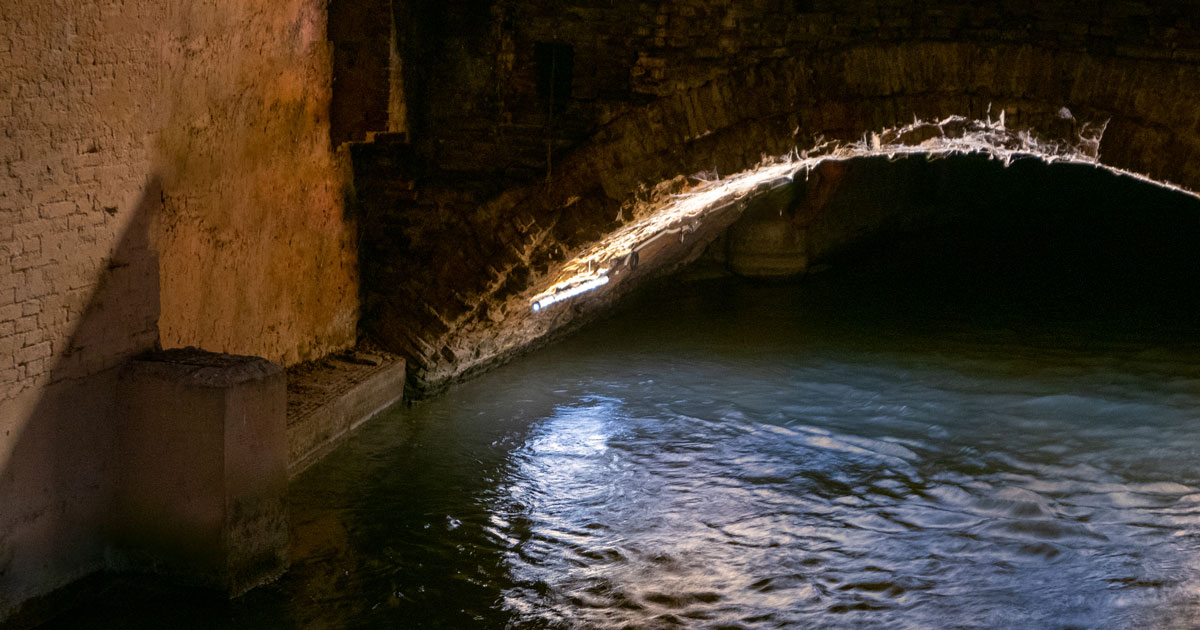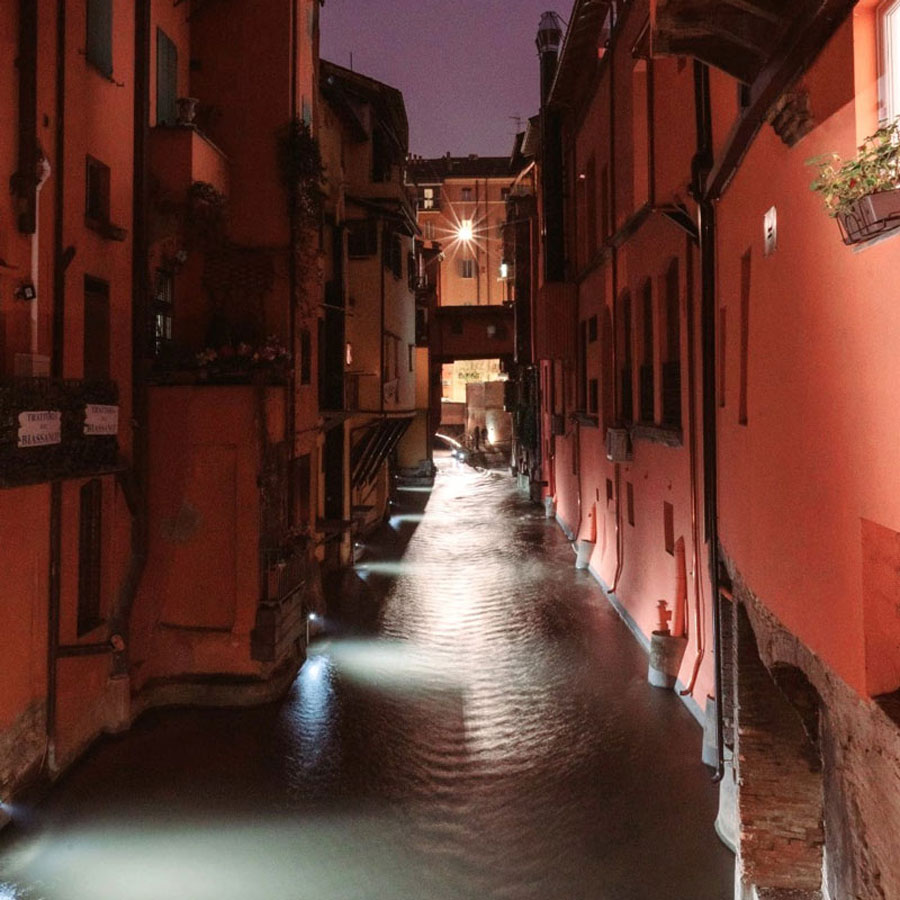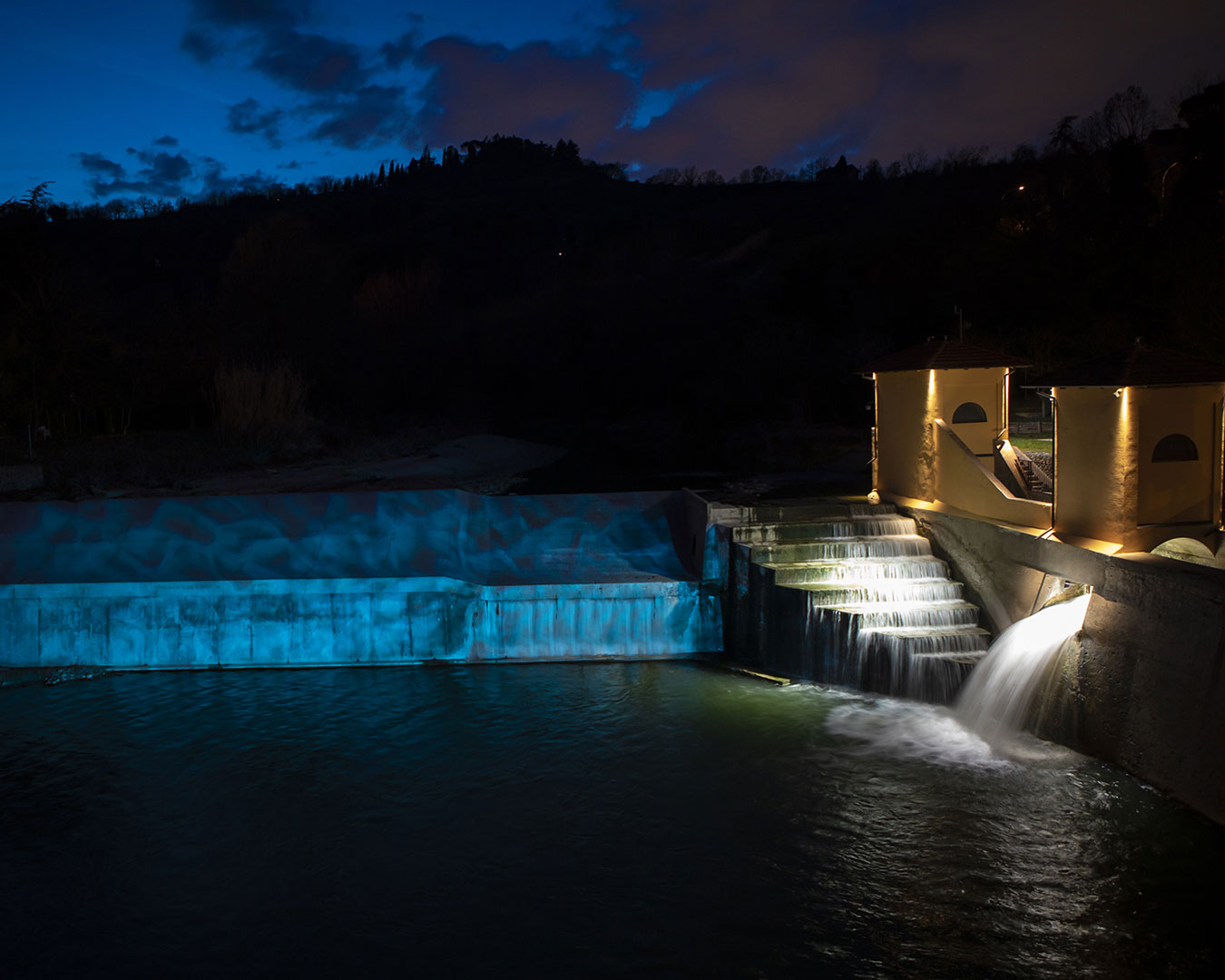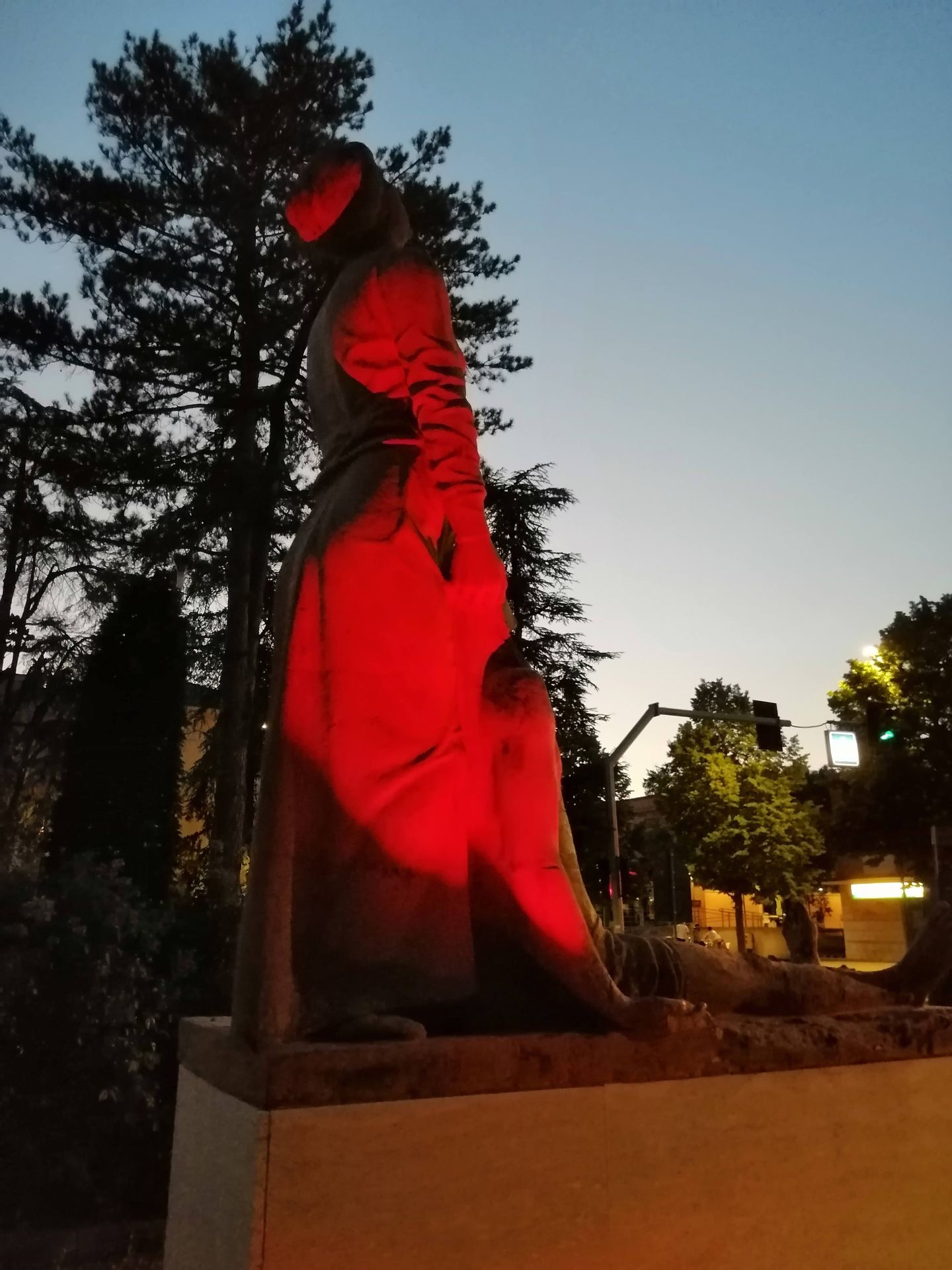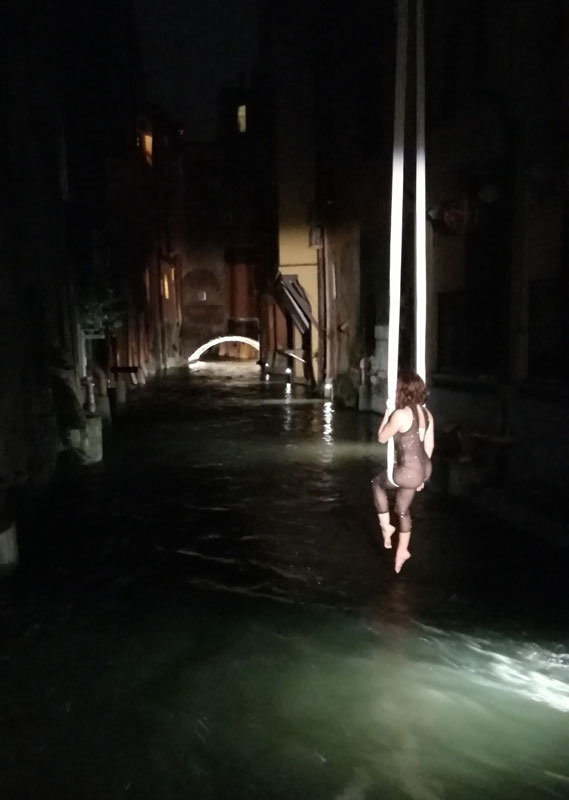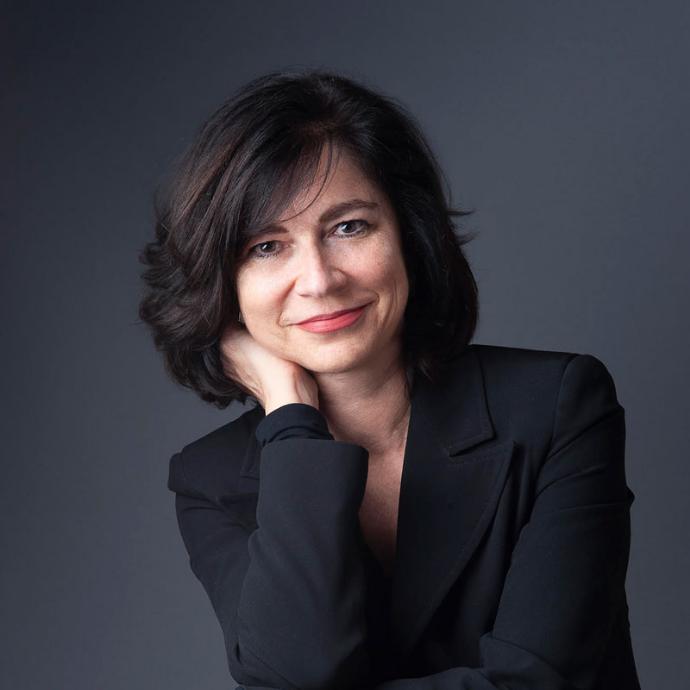
Ciò che è fatto con BUONA luce è fatto bene
The first contribution from the September issue of Studio Due blog is dedicated to Giordana Arcesilai, architect and independent lighting designer working in all aspects of light with a special focus on architecture, urban planning, product design and marketing
When and how did you become interested in urban lighting?
I usually describe myself as 'born into light' because of my unforgettable regular visits, from childhood on, to the lighting showroom of my father Giocondo Arcesilai (Bologna, Italy), pioneer in proposing design lamps launching modern lighting design in Italy.
In recent years, the urban geography of our towns and cities has improved a great deal thanks also to more efficient and comfortable lighting and the optimization of operating and management costs. What improvements could still be made to ensure quality lighting in the urban environment?
The urban geography of our cities has improved, but not everywhere. In urban areas, we often see standardized projects that distort places because their only objective is to improve efficiency. And it is depressing to see some of the most beautiful touristic places in the world, for example our coasts, where perfect care is taken of the houses and gardens, neglected in their illumination, consisting of old generation lamps, not in compliance with Regional Law against light pollution, with different color temperatures, at times completely switched off.
Light is not just about efficiency, it is a means, an opportunity to create a nocturnal
landscape, an atmosphere that remains impressed on visitors, an operation that is also about territorial marketing. We must therefore go beyond standardization and listen to the places themselves, each different from the other and with its own unique beauty.
I can' t avoid a passing mention of the difficult year that has touched all of us, in which, simultaneously, the whole world has realized the importance of the natural world.
We are a little behind in terms of lighting, although there are some sporadic signs, especially from small, non-touristic places where young mayors and town councilors intend to make the best use of light for those who live there.
For example, I recently found myself, in collaboration with my landscape architect
colleague Simona Ventura, working on the lighting of a centuries-old elm tree, the 'Olma', which had collapsed and been re-planted in a park in Campagnola Emilia, in the province of Reggio Emilia. Here I necessarily used color to create a kind of reassuring fire
underneath, and the management system employed will enable local residents to interact via an app.
New technologies applied to luminaires have made our cities more liveable and safer, leading to an evolution of light that no longer has the sole function of illuminating.
Can lighting contribute to creating better conditions of well-being while also strengthening inclusiveness, social ties and a sense of belonging to the territory?
Certainly, and it is in these areas where I like to work, to regenerate certain places, and where the Social Lighting movement has done - and is doing - a lot. This movement, founded in 2006, in Manchester, by the English lighting designer Martin Lupton, aims to stimulate a discussion on lighting design at an urban, social level, providing a concrete example of what could be achieved with properly designed lighting.
We can't forget about places at night, but rather turn them into urban living rooms, a way to ward off crime. Just a few evenings ago, in an area where I have a new project to work on. I stopped to observe where young people gather, where they cycle through the green areas, what they interact with. Here (in Malabergo, small town between Bologna and Ferrara) I will create scenographic lighting in a small square where there are two sculptures: an emotional lighting on the war memorial, with red coloring, while I will project the text of the other sculpture on the floor creating a play of light that also becomes "didactic". The goal is to make this small square in the green a quality meeting place even in the evening. Two of my works for the waters of Bologna also had this double objective.
The first was the Chiusa of San Ruffillo in Bologna. In front of it there is a road and parallel to this a well-made pedestrian pathway, but in the evening the over-all effect was a bit alienating. When I illuminated the water jets and created an effect of moving water on the retaining wall, the result was to accompany this walk in a pleasant way, diverting attention away from the road. People take photos and surely wonder about the history of these water works.
The second, was in a short stretch of a canal (Reno Canal) still present in the center of Bologna, where I played with reflections on the water, with the warm lighting of the bridge arches and a video telling the story of ancient trades, projected on a wall of no interest.
What can be the risks of over-lighting from a biological and environmental point of
view?
Risk to fauna by using light where it is not needed and cold sources (there are studies on less harmful color temperatures, in amber tones), for night sky observation with a resulting waste of energy, risk to neighbors with intrusive light.
I would add a visual risk for the observation of architecture, because the laws against light pollution have also led to poorly designed projects, with cut-off optics on façades that distort the perception of architecture, so much so that we regret the old lanterns in certain contexts, such as narrow alleys.
What do you think is the biggest obstacle to the recognition of this professional figure in Italy and in Europe?
The underlying formative culture and the entrenched, ingrained trend that sees those who sell or install in pole position.
An important step was the publication in 2016 of UNI 11630 on the criteria for drawing up a lighting design, which makes a clear distinction between electrical design and lighting design, recognizing the important role of the latter. Personally, through my courses aimed at designers but also at salespeople, I try to raise awareness of light, the history of design and its pioneers. It has been my desire to put things in order, in a world where interventions that mortify the lighting effect are taking over. So let's start from the beginning, from the history and culture of light. Knowing how to use
a calculation program is not enough, rather: what is the process for ideas? This is where we start: with knowledge of lighting effects.


